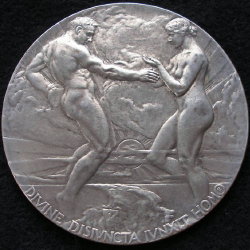Section 2: The Origins of American Exposition Medals
Early Beginnings
The story of American exposition medals begins in the 19th century, a time when the United States was rapidly expanding and industrializing. Inspired by the grand world’s fairs and expositions happening in Europe, American organizers began to see the value in hosting similar events. These expositions were not just showcases of industrial and technological achievements but also cultural and artistic celebrations.
Influence of European Exposition Medals
European exposition medals, with their intricate designs and rich symbolism, heavily influenced the early American versions. These European medals often featured elaborate depictions of national pride, technological progress, and historical events. American designers took inspiration from these themes, adapting them to reflect the American context and spirit.
First Notable American Expositions
- Centennial International Exhibition (1876): Held in Philadelphia, this was the first official World’s Fair in the United States. The medals produced for this event celebrated the 100th anniversary of the Declaration of Independence and are considered among the first significant American exposition medals.
- World’s Columbian Exposition (1893): Perhaps one of the most famous expositions, held in Chicago, it celebrated the 400th anniversary of Christopher Columbus’s arrival in the New World. The medals from this exposition are renowned for their artistic beauty and intricate designs, showcasing America’s growing prowess in medal-making.
Section 3: Evolution Over the Years
Design and Material Changes
Over the years, the design and materials of American exposition medals have undergone significant transformations.
- Early 20th Century: This era saw a shift towards more symbolic and artistic designs, often reflecting the Art Nouveau and later Art Deco movements. The materials used ranged from bronze to more precious metals like silver and gold for special editions
- Mid-20th Century Onwards: Post-World War II medals began to incorporate more modernist and abstract designs. There was also an exploration of different materials, including non-traditional ones like acrylics and advanced alloys, reflecting the innovative spirit of the times.
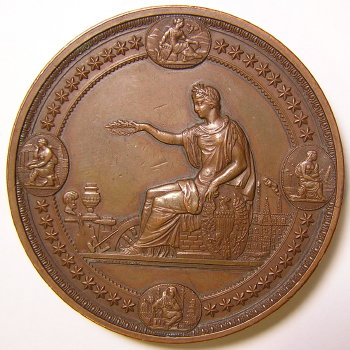
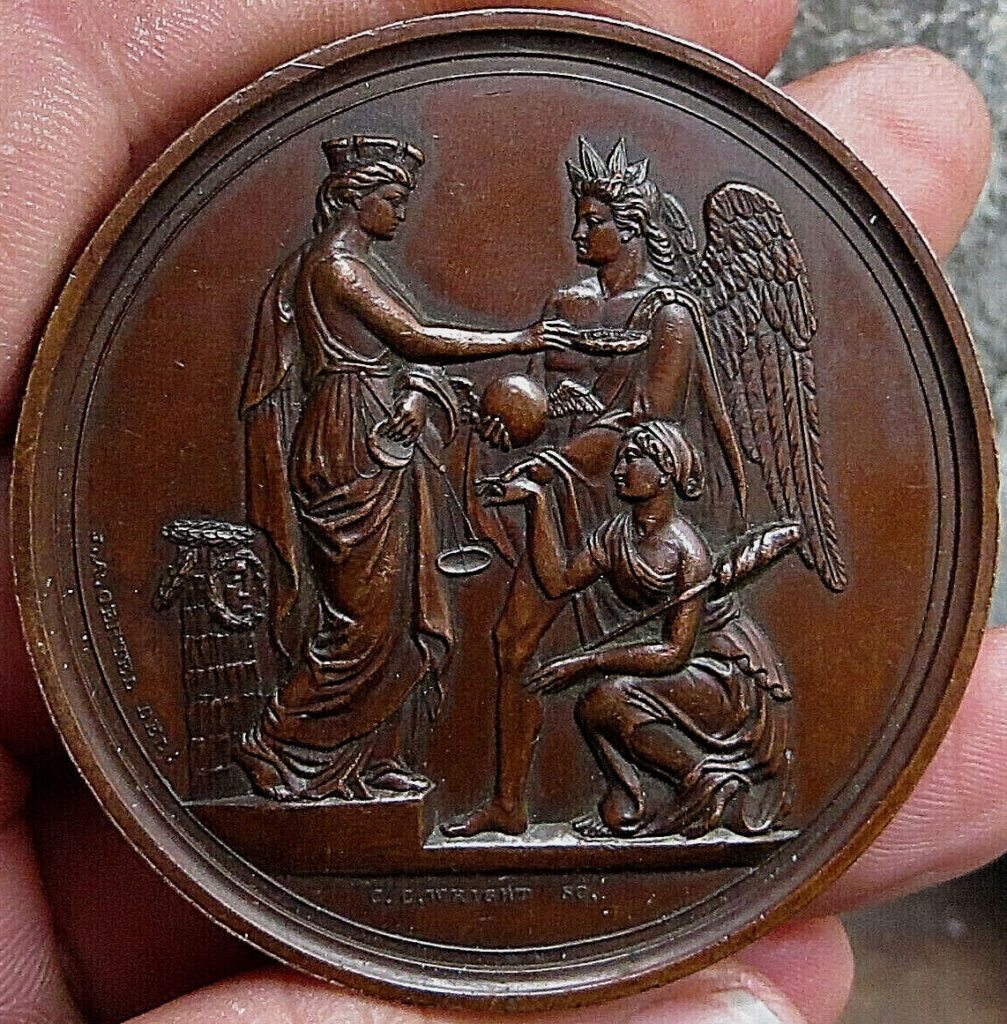
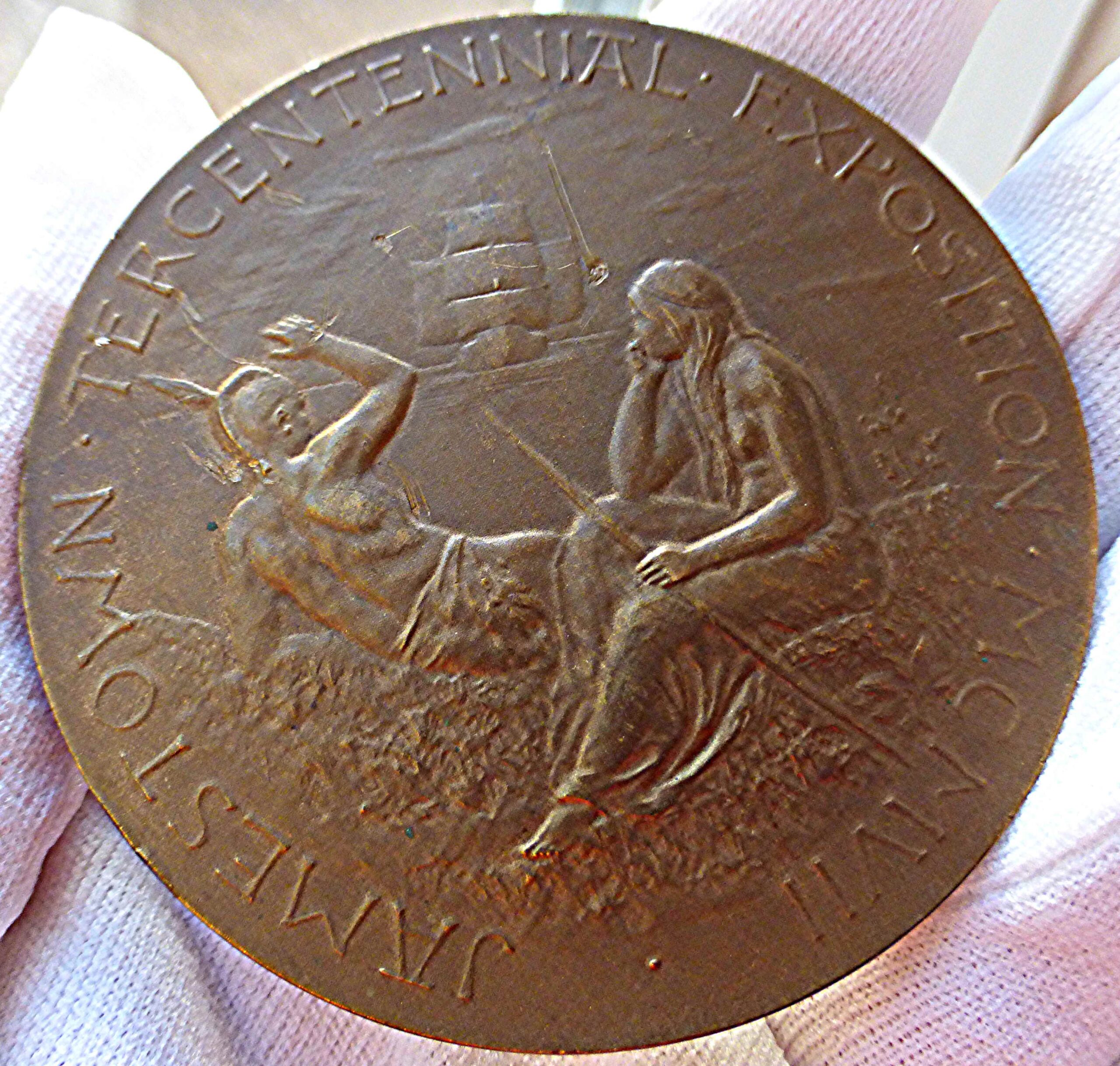
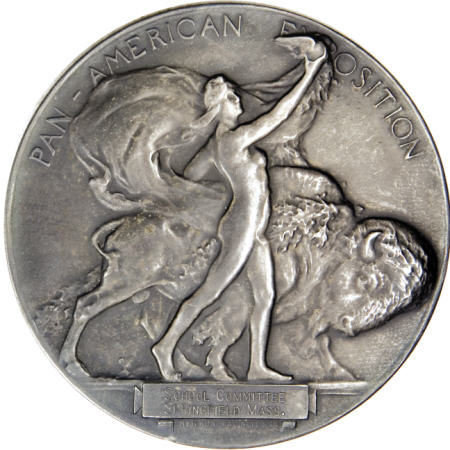
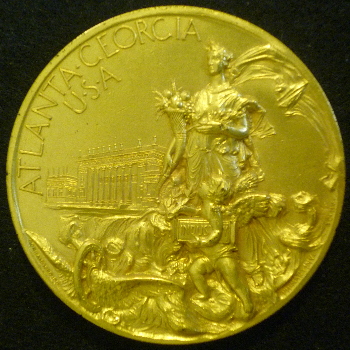
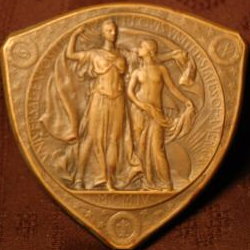
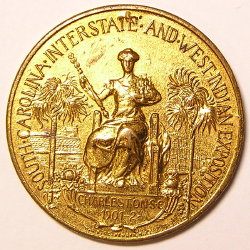
Technological Advancements
Advancements in minting technology have played a crucial role in the evolution of exposition medals.
- Introduction of Steam-Powered Presses: In the late 19th century, the adoption of steam-powered presses allowed for more intricate and consistent designs, a significant leap from the manually operated presses.
- Computer-Aided Design (CAD): In the late 20th and early 21st centuries, CAD technology revolutionized medal design, allowing for more precise and complex patterns that were previously impossible to achieve.
Stay tuned for our next post, where we will continue exploring the evolution of American exposition medals, focusing on key historical events and their medals.
In case you missed it the first in this series is below.
https://www.expositionmedals.com/american-exposition-medals-history/
The next and final post in this series is below:
